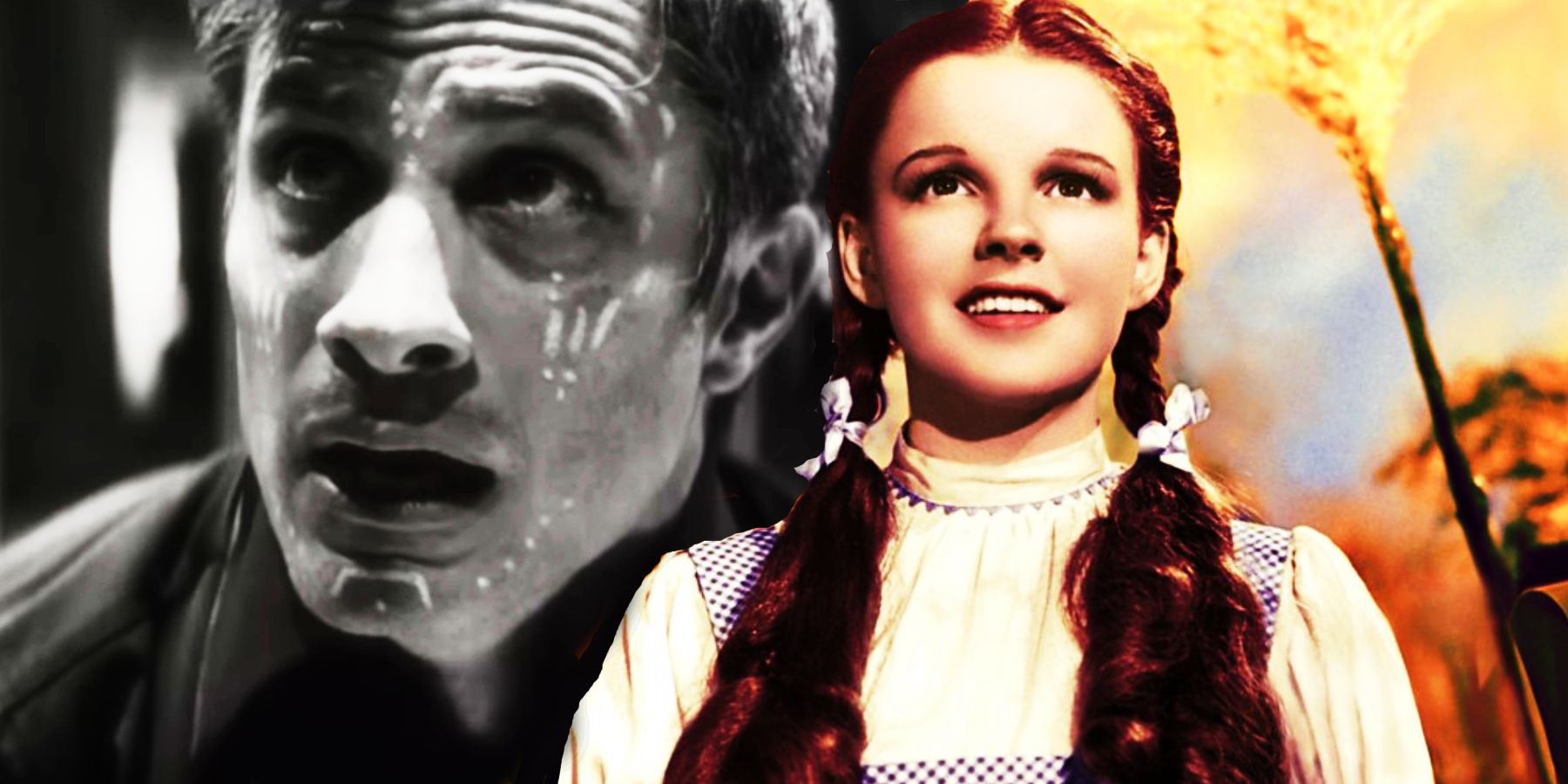Warning: Spoilers for Werewolf by NightThere are good reasons for Werewolf by Night to use "Somewhere Over the Rainbow" in its closing sequence. The Marvel Studios Special Presentation is a Halloween special that introduces the characters of Jack Russell (Gael García Bernal), Man-Thing (Carey Jones and Jeffrey Ford), and the Bloodstone family to the MCU. Directed by composer-turned-director Michael Giacchino, Werewolf by Night has a black-and-white aesthetic that invokes the classic monster movies that inspired it. However, the choice to shoot in black and white also draws comparisons with 1939's The Wizard of Oz.
Werewolf by Night continues Marvel Studio's slow-build introduction to the more supernatural elements of the MCU ahead of 2023's delayed Blade. Summoned to the mansion of the Bloodstone family, a group of monster hunters assemble to compete for the prize of the family jewel, the mysterious and mystical Bloodstone. Among these hunters is Jack Russell, the titular Werewolf, who is there to save his friend "Ted", a.k.a Man-Thing. The film is a tongue-in-cheek monster movie throwback, so the inclusion of Judy Garland's "Somewhere Over the Rainbow" initially feels comically incongruous, but there's a deeper meaning to it.
Related: How Scary Is Werewolf By Night? Is It Really A Full MCU Horror?
There's certainly precedent for the classic song being included in horror cinema. Legendary horror actor Vincent Price once recorded his own rendition of "Somewhere Over the Rainbow" for the climax of 1971's The Abominable Dr. Phibes, in which he played the titular serial killer and musician. The use of the Judy Garland's classic here is likely a reference to Werewolf by Night's use of color. The majority of the action is shot in black and white, and it's only the closing sequence, set to "Somewhere Over the Rainbow," that's shot in color. This is the inverse of The Wizard of Oz, which famously switched between technicolor and monochrome, with full color being used for the majority of its runtime, but there are some other, less obvious, connections to be drawn.
How Werewolf By Night Connects To Wizard Of Oz
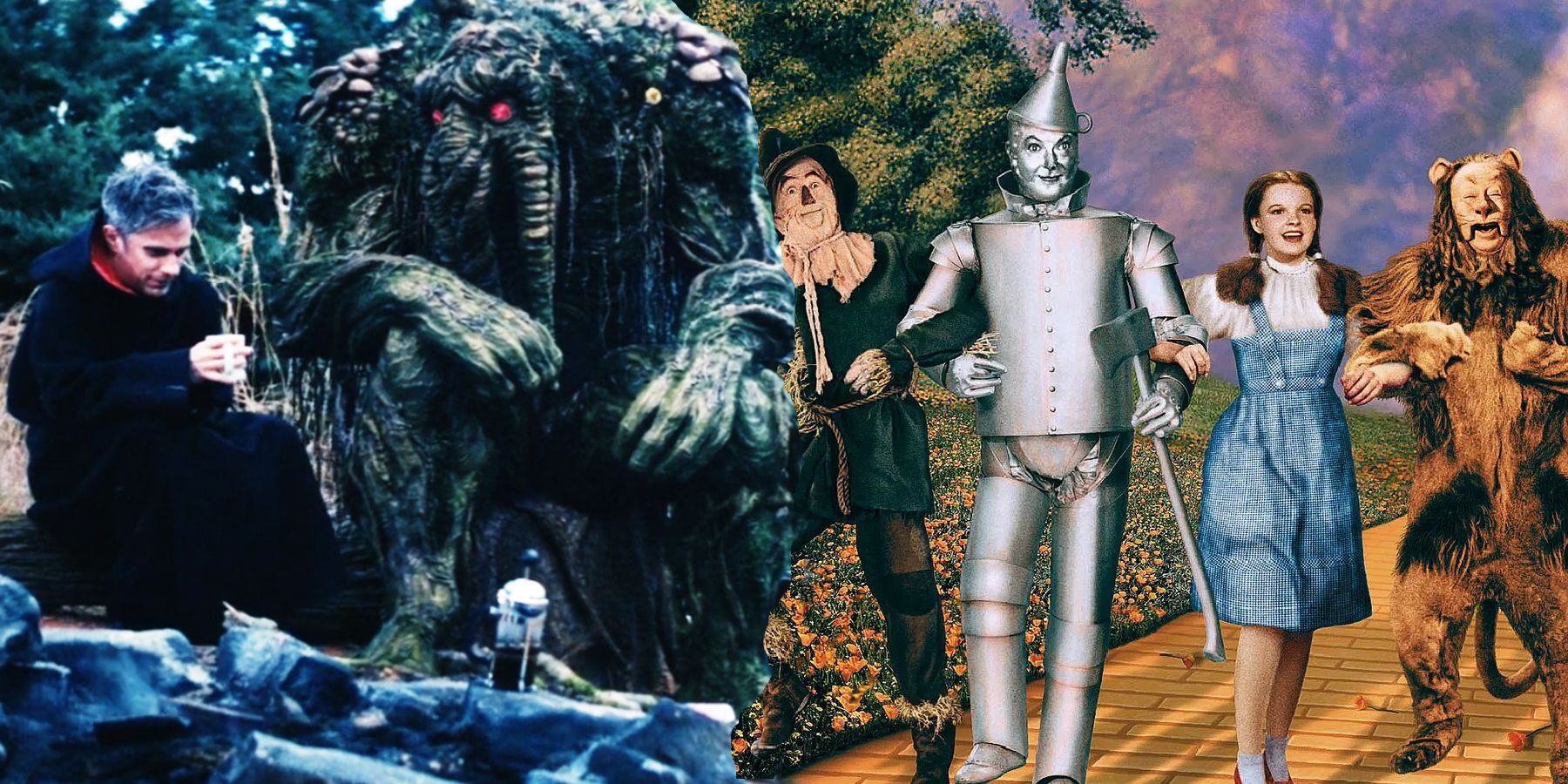
In The Wizard of Oz, the sepia tone scenes of Dorothy (Judy Garland) and Toto's life on the Kansas farm represent the real world of Depression-era America. Applying this to the world of Werewolf by Night provides a similar take on the monsters and demon hunters at the Bloodstone's mansion. So far, the MCU timeline has predominantly grounded its events in a real-world setting that's familiar to audiences. If Werewolf by Night is using a similar approach to monochrome to The Wizard of Oz then it's implying that, despite the classic monster movie artifice, these events are taking place in the MCU's real world.
Furthermore, when she sings "Somewhere Over the Rainbow", Dorothy is dreaming of a life away from the toil and struggle of America during the Depression. "Someday I'll wish upon a star and wake up where the clouds are far behind me" she sings, lyrics which could easily apply to both Jack and Elsa (Laura Donnelly). The shift to color in Werewolf by Night's ending represents an escape from the horrors of the night at the Bloodstone mansion, Elsa's family history, and of Jack's lycanthrope curse.
However, the "somewhere" of which Dorothy sings represents an unobtainable ideal, "If happy little bluebirds fly beyond the rainbow then why, oh why can't I?" This implies that, while Jack, Man-Thing, and Elsa can exist in the colorful world for now, sooner or later they'll be drawn back into the darkness. At the end of The Wizard of Oz, Dorothy wakes up back in her monochrome world, so eventually, Jack Russell, Man-Thing, and Elsa will likely return to the monochrome world of Werewolf by Night.
Next: Werewolf By Night's MCU Easter Eggs & Marvel References Explained
Key Release Dates
-

Black Panther: Wakanda Forever
Release Date:2022-11-11 -
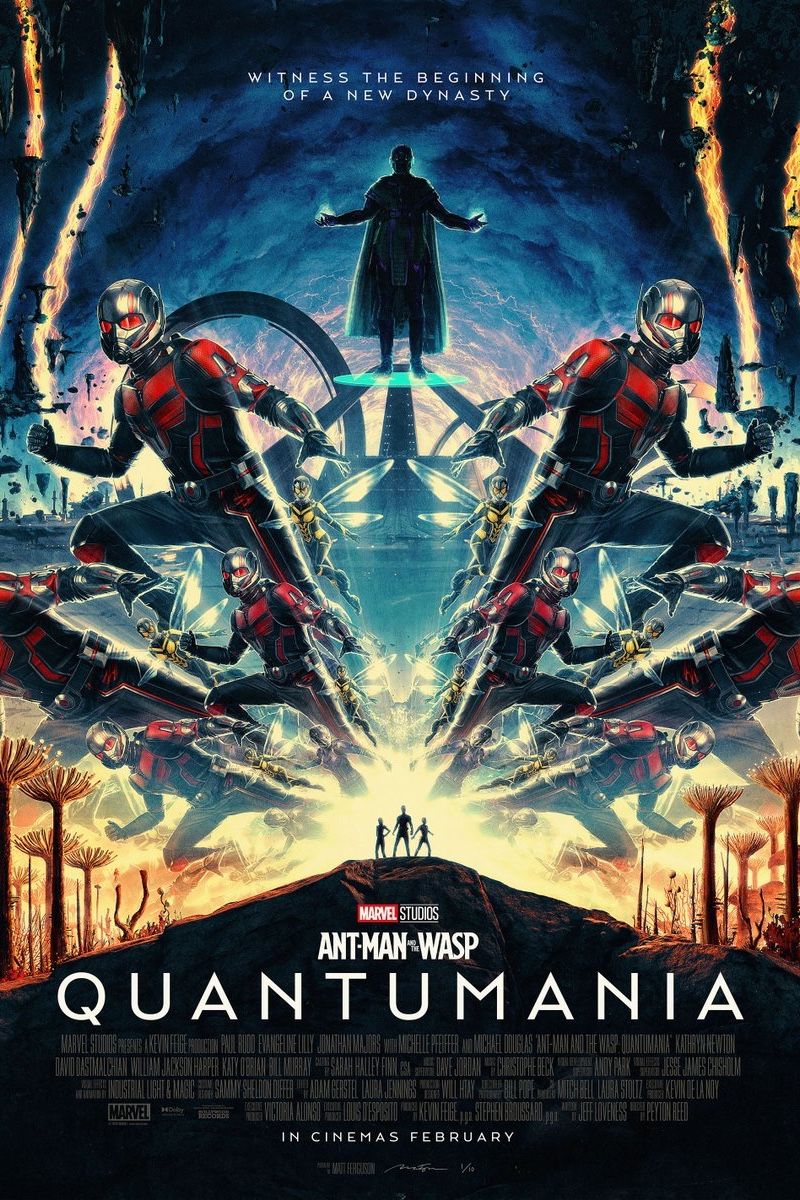
Ant-Man & the Wasp: Quantumania
Release Date:2023-02-17 -

Guardians of the Galaxy Vol. 3
Release Date:2023-05-05 -
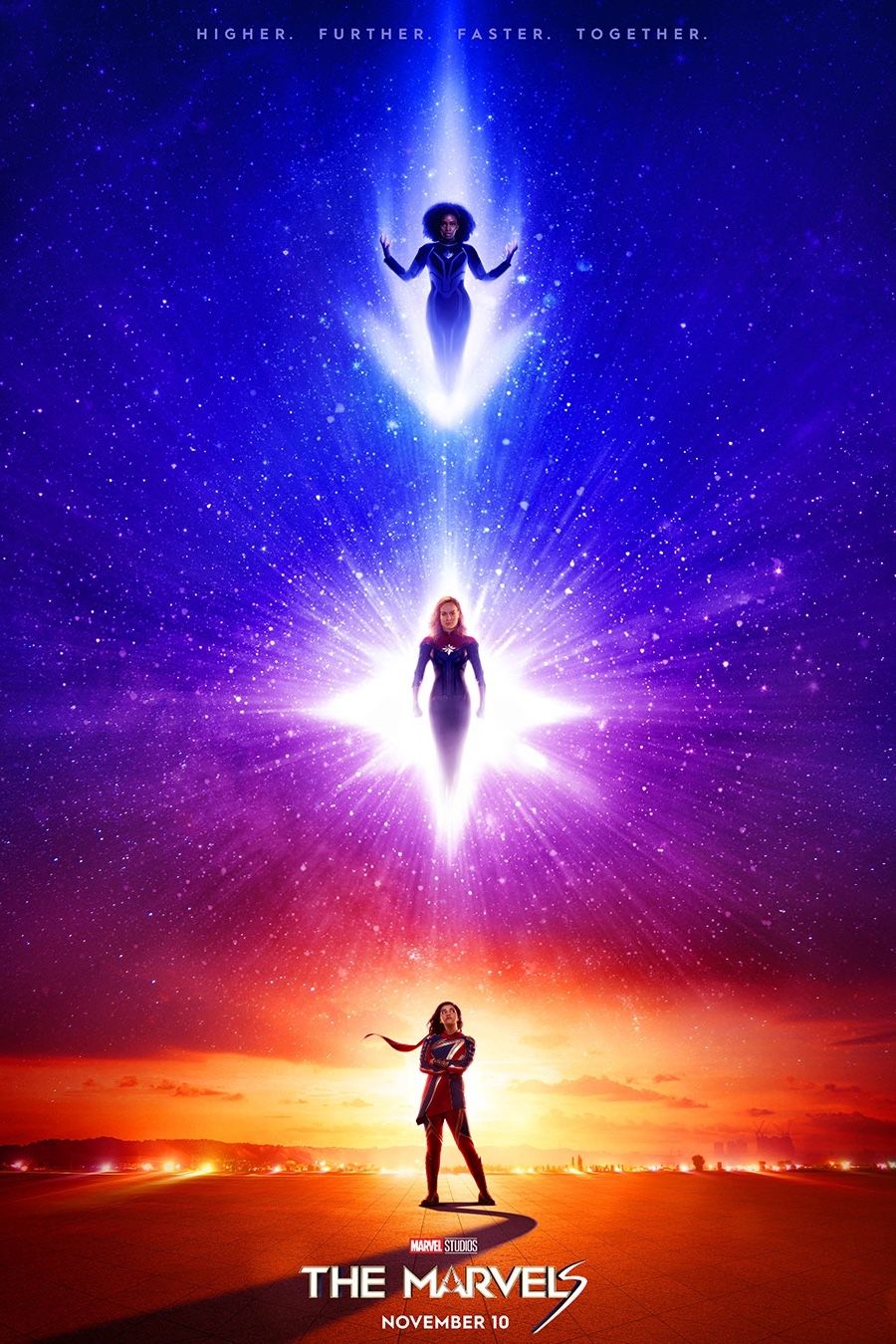
The Marvels
Release Date:2023-11-10 -
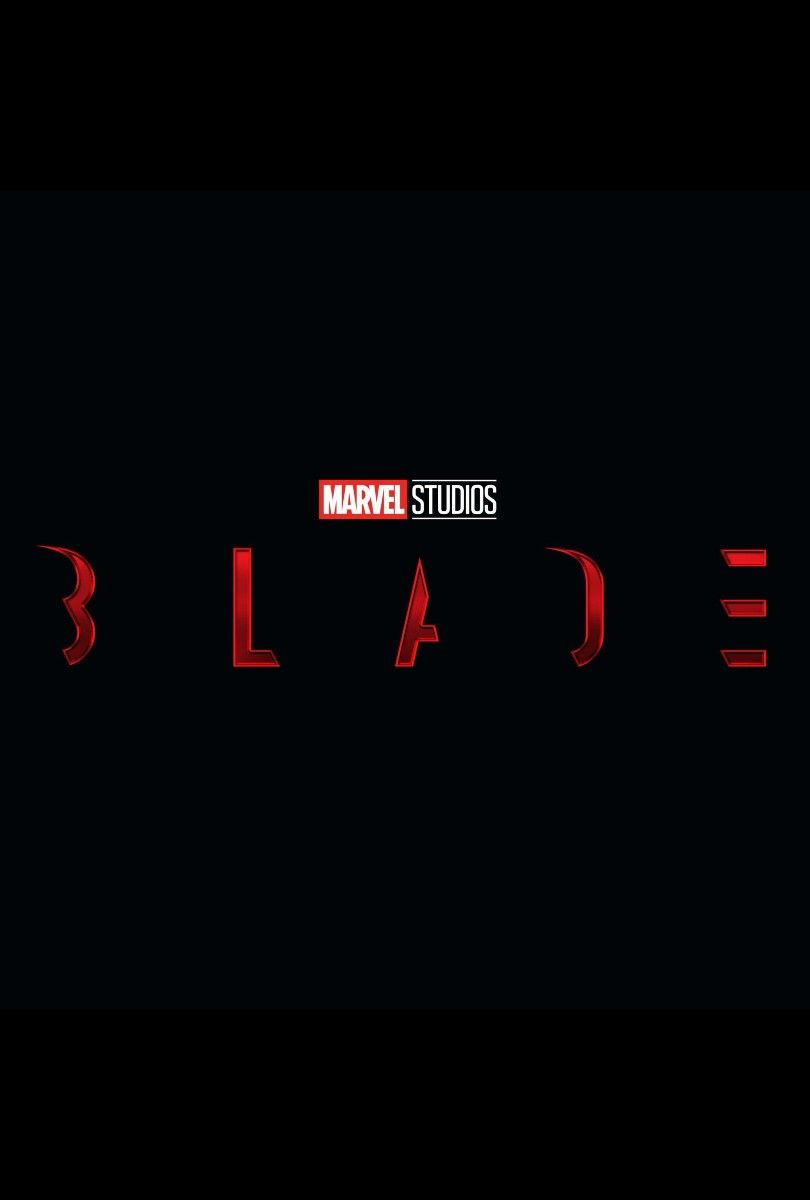
Blade (2025)
Release Date:2025-02-14 -

Captain America: Brave New World
Release Date:2024-05-03 -
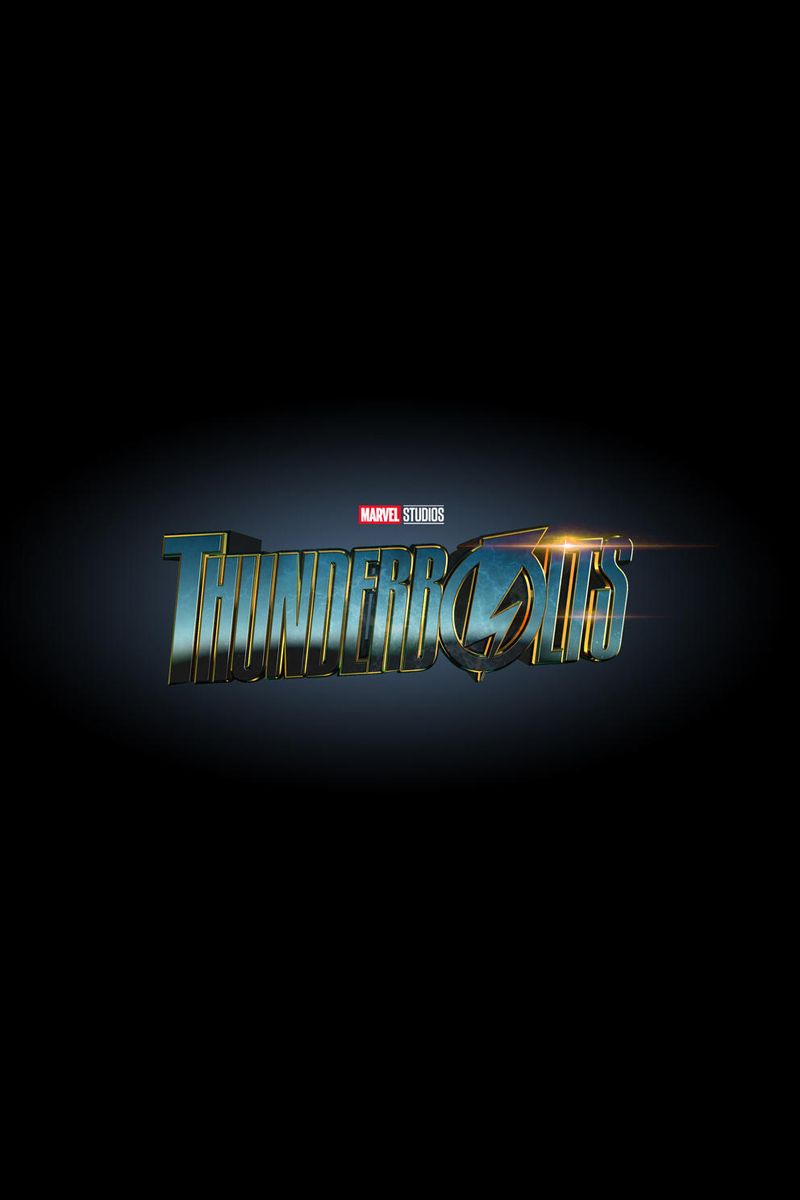
Marvel's Thunderbolts
Release Date:2024-12-20 -
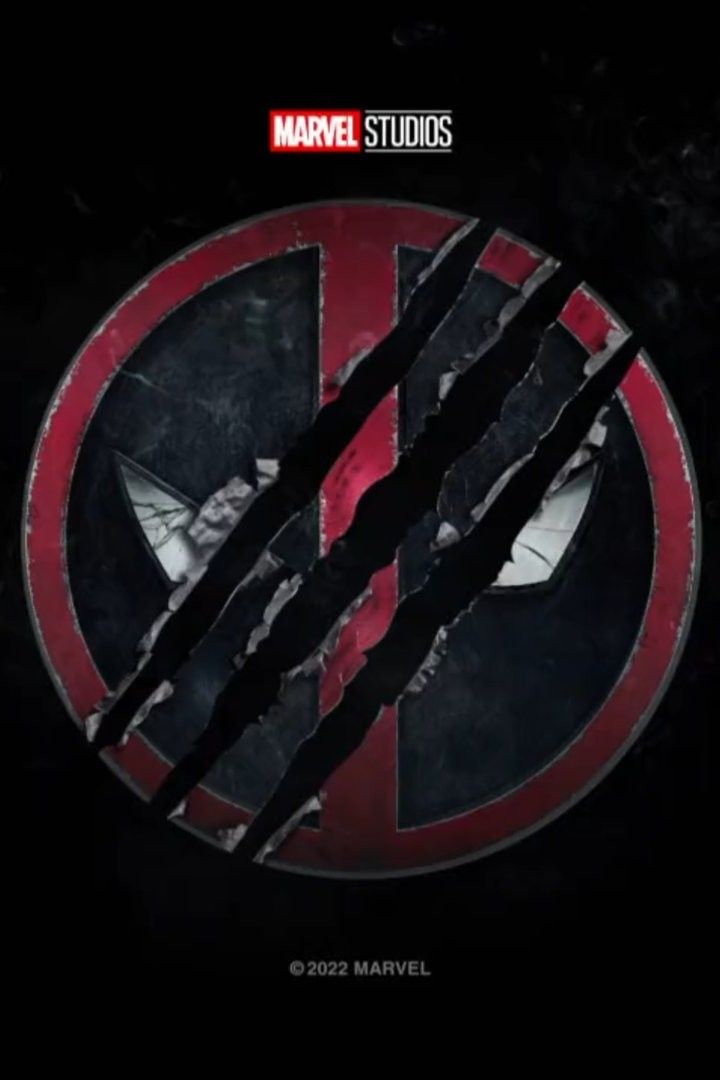
Deadpool 3
Release Date:2024-05-03 -
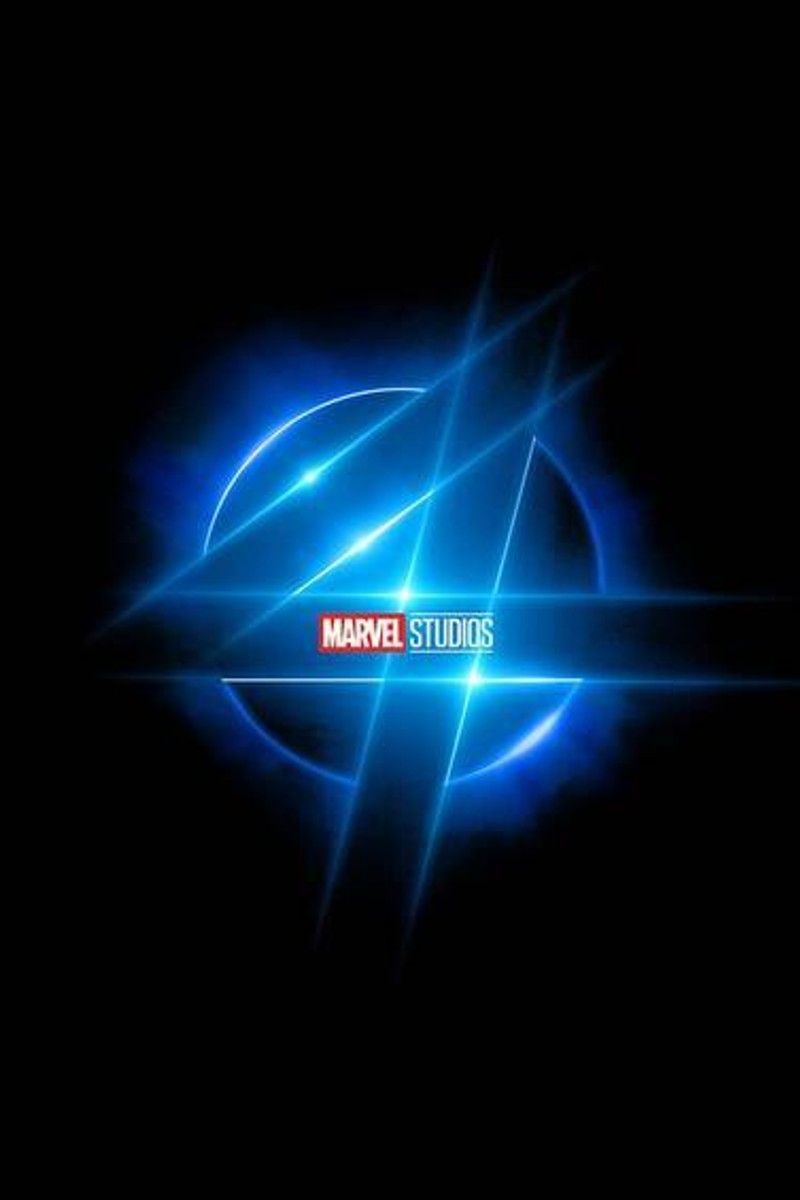
Marvel's Fantastic Four
Release Date:2025-05-02 -
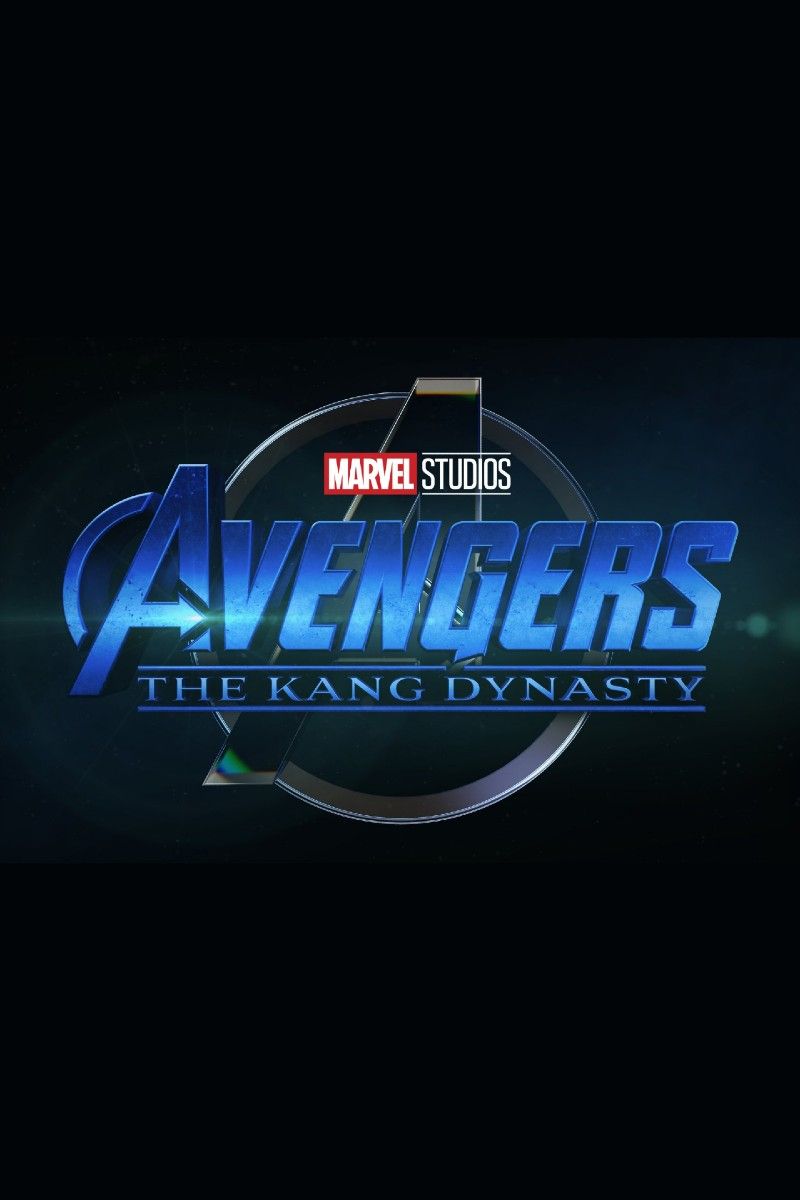
Avengers: The Kang Dynasty
Release Date:2026-05-01 -
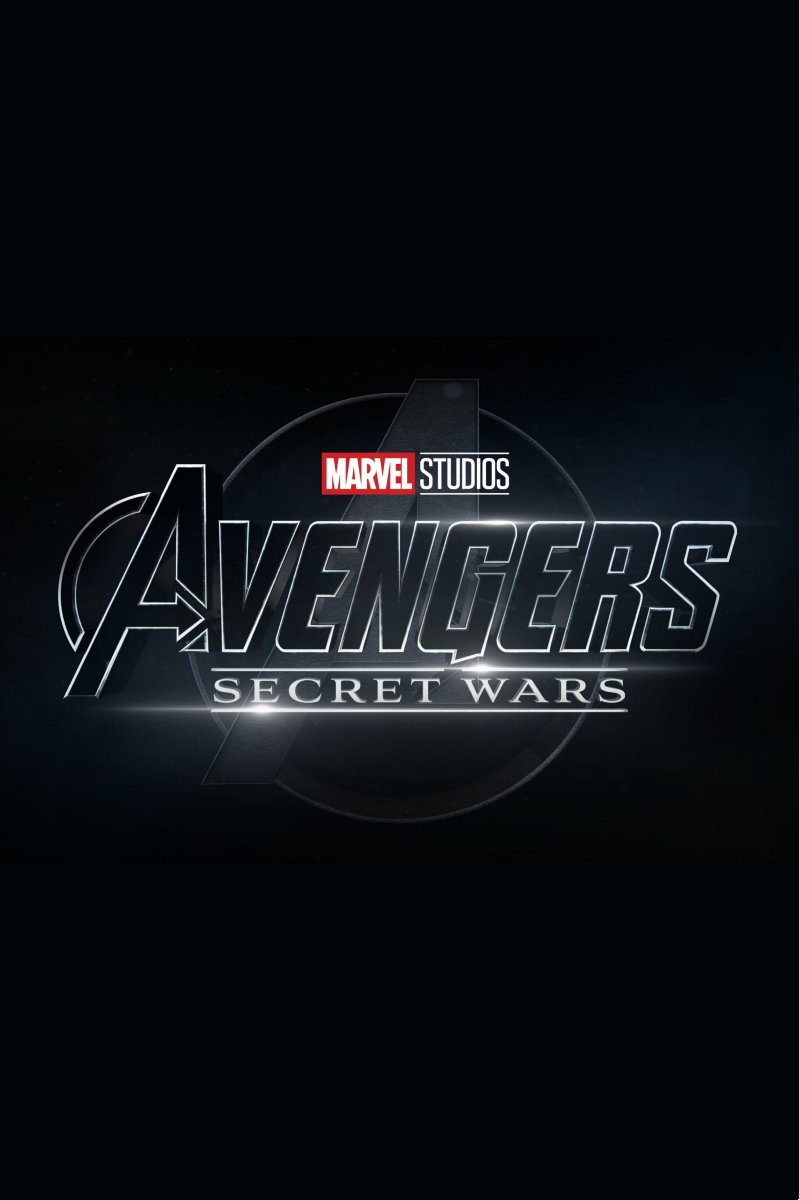
Avengers: Secret Wars
Release Date:2027-05-01

